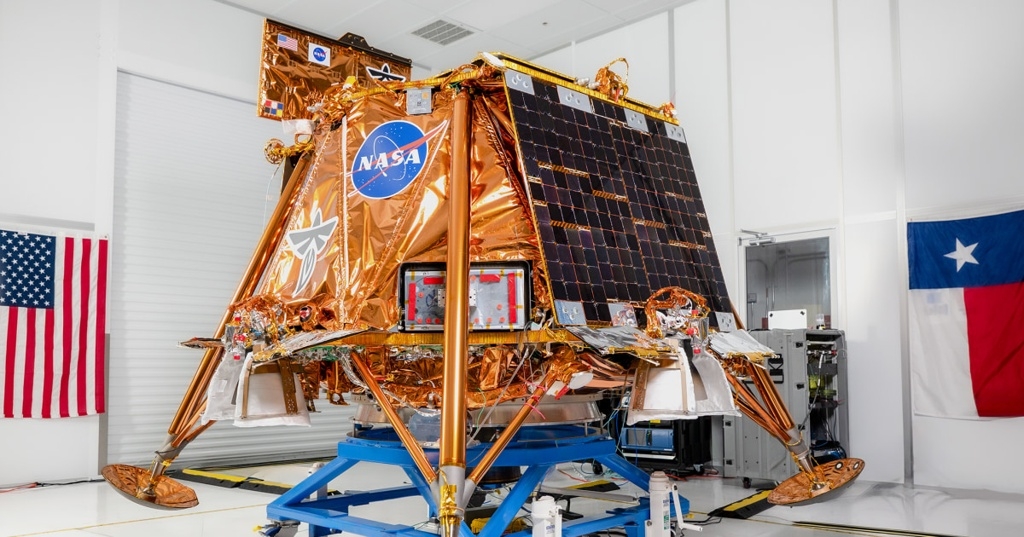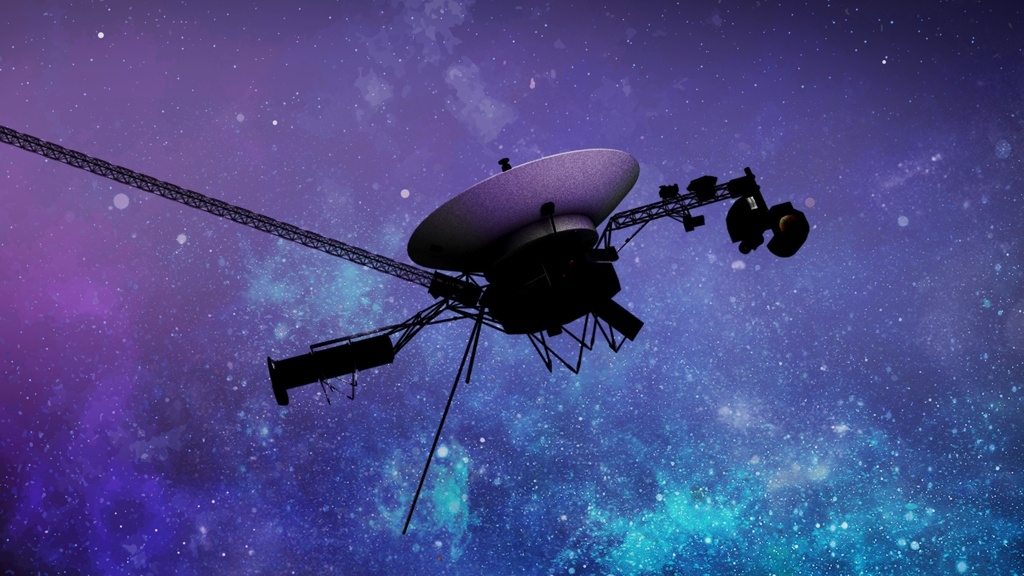Firefly Aerospace's Blue Ghost Makes Historic Lunar Landing
Firefly Aerospace's Blue Ghost achieves a historic lunar landing, showcasing the power of private innovation and paving the way for future space exploration.

Key Points
- Firefly Aerospace
's Blue Ghost successfully landed on the moon, marking a historic milestone for private space exploration.
- The mission carries advanced scientific instruments to support NASA’s Artemis program and enhance lunar research.
- This achievement highlights the growing collaboration between private companies and government agencies in pursuing space innovation.
A new chapter in space exploration has been opened with the successful lunar landing of Firefly Aerospace's Blue Ghost. This unmanned spacecraft, launched on January 15, 2024, made its historic touchdown on March 2, 2024, at 3:34 a.m. ET in
. This momentous achievement marks just the second time a private company has successfully landed on the moon. The successful landing of Blue Ghost showcases the evolving role of private companies in space exploration, potentially paving the way for future lunar missions.

A Pioneering Journey
Launched aboard a
rocket, Blue Ghost's journey to the moon spanned approximately 2.8 million miles. After an autopilot descent from lunar orbit, it confirmed its stable landing—an achievement that sets Firefly apart as the first private entity to land successfully without incident. This successful posture contrasts sharply with previous attempts made by other private companies, such as Intuitive Machines, whose lander tipped over last year.
The lander's position is not just a victory for Firefly; it emphasizes the growing significance of private companies in undertaking missions that were once solely the domain of governmental space agencies. According to reports, only five countries—Russia, the U.S., China, India, and Japan—have successfully landed on the moon prior to Firefly's accomplishment.
Impact and Scientific Endeavors
Blue Ghost is not merely resting on its laurels; it carries a suite of scientific instruments intended for a range of experiments, setting the stage for greater exploration. The mission includes diverse payloads, such as a lunar soil analyzer and innovative navigation tests, contributing vital information to NASA’s Artemis program, which plans to return humans to the lunar surface by the end of the decade.
The lander is equipped to aid future lunar exploration in several significant ways. It will test technologies such as how existing GPS navigation systems can operate beyond Earth and utilize a vacuum tool to analyze lunar soil. Firefly has made a commitment to continue pushing the boundaries of what private companies can achieve in space.

The Exciting Future of Lunar Exploration
With Blue Ghost successfully operational, the implications for upcoming lunar business ventures are enormous. NASA aims to maintain a cadence of lunar landings, with two expected each year. This systematic approach intends to not only support private tech development but also to establish a flourishing lunar economy. Nicky Fox, NASA's top science officer, expressed optimism about these missions, noting that while failures will occur, they also present opportunities for learning and progress.
As a unique feature of this mission, Blue Ghost is set to capture stunning imagery of cosmic phenomena, including a total eclipse and lunar sunset. The capability to document events that haven’t been seen since the Apollo missions further emphasizes the lander's significance in both scientific and educational realms. By providing high-definition images of lunar events, Firefly underscores its role as a catalyst in the new era of lunar exploration.
Strength in Partnership and Innovation
Firefly Aerospace exemplifies the spirit of collaboration that characterizes today's space endeavors. With NASA’s
(CLPS) program supporting this initiative, the partnership underscores a path forward where innovative companies can thrive alongside traditional space agencies. This collaborative approach not only enhances mission success but also diversifies the scientific landscapes of lunar exploration.
The Blue Ghost mission, bolstered by advanced technologies and visionary leadership, has set precedents that will encourage future exploration. As we stand at the threshold of a new era, the successful landing of Blue Ghost serves as an inspiring testament to humanity's capacity for innovation and perseverance in the pursuit of knowledge.
In summary, Firefly Aerospace’s Blue Ghost has made history by successfully landing on the moon—a symbolic achievement that reflects the evolution of private space exploration. The mission highlights the significant role of collaboration between companies and agencies, and it opens up a world of possibilities for the future of lunar exploration and beyond.


